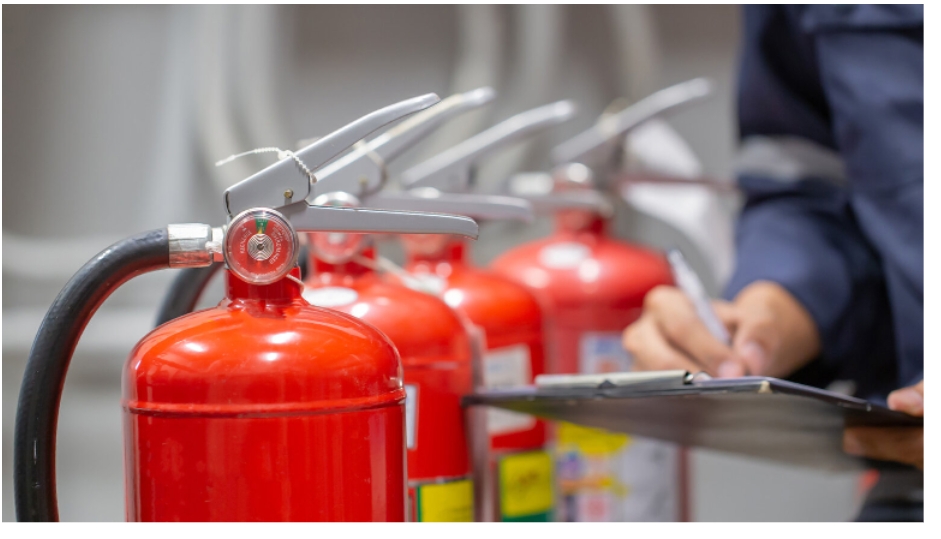Ensuring fire safety in schools and educational institutions is paramount to protecting students, staff, and valuable educational resources. Fire risk assessments play a crucial role in identifying potential hazards, implementing preventive measures, and maintaining compliance with fire safety regulations specific to London’s educational settings. For affordable and Cheap Fire Risk Assessment London services tailored to educational facilities, trust [Your Company Name]. Our expert assessments help ensure a safe environment for learning and compliance with regulatory requirements.
Understanding Fire Risk Assessments for Schools
Fire risk assessments for schools in London involve systematic evaluations to identify fire hazards, assess existing fire safety measures, and develop strategies to mitigate risks. These assessments are not only a legal requirement under the Regulatory Reform (Fire Safety) Order 2005 but also essential for creating a safe learning environment.
Key Considerations in Fire Risk Assessments
When conducting fire risk assessments in London schools, several key considerations must be taken into account:
Building Structure and Layout
Evaluate the school building’s structure, including its size, layout, and construction materials. Identify potential fire compartments and ensure fire-resistant barriers are intact to prevent the spread of fire and smoke.
Occupancy and Use
Consider the number of students, staff, and visitors present in the school on a regular basis. Assess how the building is used throughout the day, including classrooms, laboratories, assembly halls, and recreational areas, to determine fire risks associated with different activities.
Fire Detection and Alarm Systems
Inspect fire detection and alarm systems to ensure they are installed correctly, regularly maintained, and tested according to manufacturer guidelines and regulatory requirements. Verify the adequacy of alarm placement and coverage throughout the school premises.
Emergency Exits and Escape Routes
Review emergency exits, escape routes, and evacuation procedures to ensure they are clearly marked, unobstructed, and accessible at all times. Conduct drills periodically to familiarize students and staff with evacuation routes and procedures in case of a fire emergency.
Fire Safety Equipment and Facilities
Check the availability and condition of fire safety equipment such as fire extinguishers, fire blankets, emergency lighting, and sprinkler systems. Ensure equipment is easily accessible, properly maintained, and staff are trained in their use.
Electrical and Heating Systems
Inspect electrical systems, including wiring, sockets, and appliances, for signs of wear, damage, or overloading. Ensure heating systems, including radiators and boilers, are maintained regularly and pose no fire hazards.
Storage and Housekeeping Practices
Evaluate storage areas for combustible materials such as paper, chemicals, and cleaning supplies. Ensure these materials are stored safely and away from potential ignition sources. Promote good housekeeping practices to minimize clutter and reduce fire risks.
Special Considerations for Laboratories and Workshops
If the school includes laboratories, workshops, or technical rooms, assess specific fire hazards associated with chemicals, flammable materials, and machinery. Implement additional safety measures such as ventilation systems, storage protocols, and emergency shut-off procedures.
Staff Training and Fire Safety Education
Ensure all staff members receive fire safety training, including fire prevention, evacuation procedures, and the use of fire safety equipment. Educate students on fire safety practices, emergency procedures, and the importance of fire drills to promote a culture of safety within the school community.
Implementing Fire Risk Assessments
To effectively implement fire risk assessments in London schools:
Engage Qualified Fire Safety Professionals
Work with qualified fire safety professionals or consultants who have experience in conducting assessments for educational institutions. They can provide expertise in identifying risks, developing tailored solutions, and ensuring compliance with regulatory standards.
Develop and Maintain Fire Safety Policies
Establish comprehensive fire safety policies and procedures tailored to the school’s unique needs and challenges. Regularly review and update these policies to reflect changes in occupancy, building use, or regulatory requirements.
Collaborate with Local Authorities and Fire Services
Maintain open communication with local fire authorities and emergency services. Collaborate on fire safety initiatives, conduct joint training exercises, and seek guidance on compliance with fire safety regulations specific to educational settings.
Conclusion
Ensuring fire safety in schools and educational institutions is paramount to protecting students, staff, and valuable educational resources. Fire risk assessments play a crucial role in identifying potential hazards, implementing preventive measures, and maintaining compliance with fire safety regulations specific to London’s educational settings. For expert EICR Cert services tailored to educational facilities, trust [Your Company Name]. Our comprehensive assessments ensure a safe learning environment and compliance with regulatory standards, If you want to stay updated with posts like this, please follow us on ZOLTRAKK




